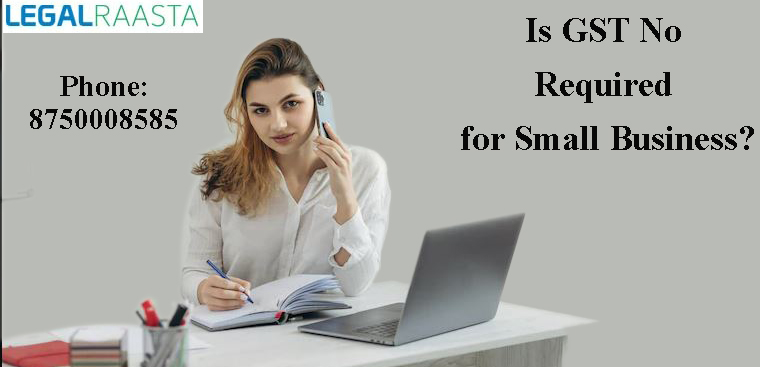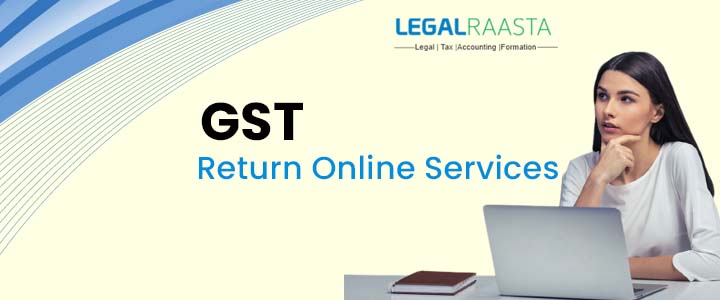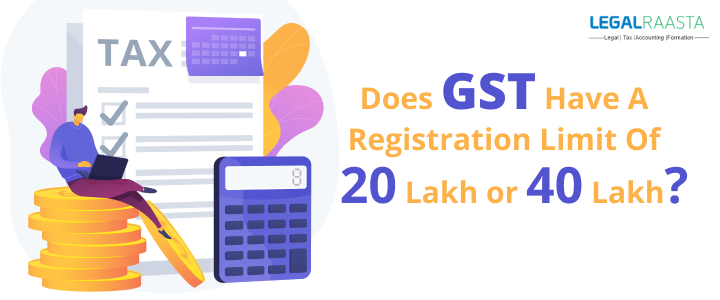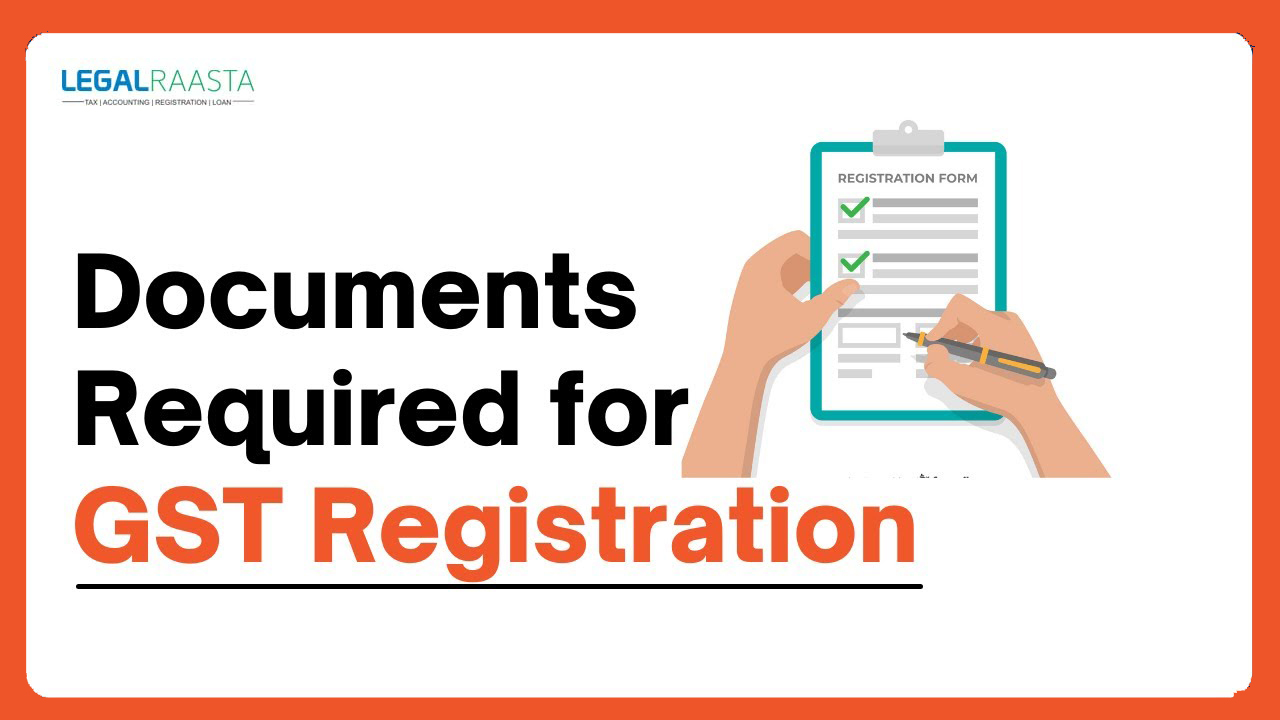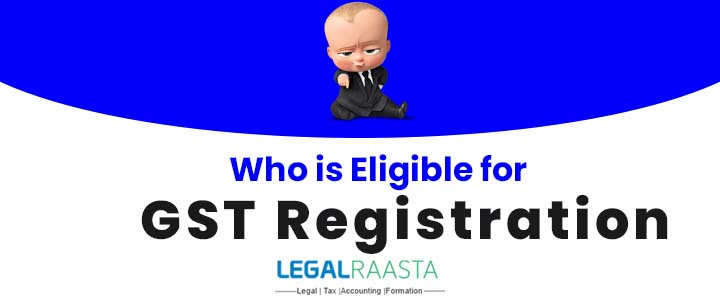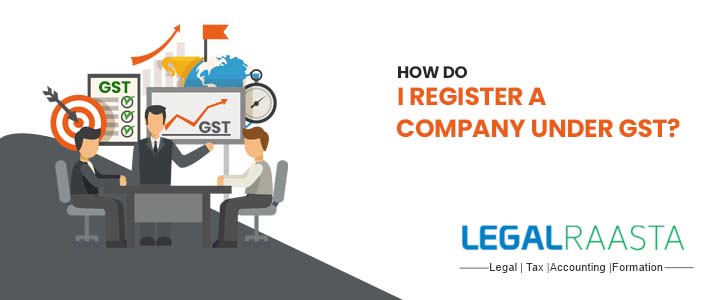Is GST No required for small business?
The Goods and Services Tax in India has had a profound effect on how new businesses are started and operated. You must have a yearly revenue of more than 40/20 lakh rupees to qualify for GST registration. To be eligible for GST, your business must engage in interstate trade or offer Goods and Services Online. GST registration is required for small businesses. A number of indirect taxes have been repealed and everything has been combined under the Goods and Services Tax (GST). The “One Nation, One Tax” initiative was put into place to make compliance easier for businesses, especially new ones. Tax rates vary based on the type of products and services being sold, from 0% to 28%. You must supply goods and services across state lines or through an e-commerce platform to be eligible for GST, and your annual revenue must exceed 40/20 lakhs. As a result, reading this article will help you determine whether your small business needs a GST number and will provide advice on how to apply for one.
When does GST registration in India become necessary?
- Every taxpayer whose annual revenue exceeds 40 lakhs must register for GST. If you wish to offer goods and services at occasions or exhibitions where you don’t need a permanent home for your business, you must register for GST. Based on a 90-day projection of sales, such a merchant is required to pay GST. The 90-day validity period for a temporary GST Registration status.
- A non-resident Indian (NRI) must file for GST registration in India if they intend to open a business there. Only 90 days after it is created, a new GST registration status is considered to be active.
- For enterprises that employ the reverse charge method as well as all input service distributors and supplier agents that desire to carry forward the benefit of the input tax credit, GST registration is necessary.
Raised GST Registration Barrier
Before the Goods and Services Tax was implemented, firms that made more than 5 lakh in a year were obligated to pay taxes. Companies must register with the Goods and Services Tax if their annual revenue exceeds 40 lakh rupees. The top limit for service providers is Rs. 20 lakhs. The raised GST threshold in India has benefited a lot of small businesses, notably startups. For Indian small businesses, the GST has also created a composition system. Under this proposal, businesses with yearly sales of less than Rs. 1.5 crore are eligible for a lower tax rate. Before registering, you can use our GST consulting agent to determine how much GST you owe.
Tax Credits are Available for Purchases
The majority of startups in India are in the service industry. Before the introduction of the GST, they had to collect and pay service tax to the government. One of the biggest worries was that the VAT paid on business purchases wouldn’t be used effectively. The state VAT that was paid could not be subtracted from the service tax. Because of the Goods and Services Tax’s introduction, the problem has been resolved. For instance, a company can subtract the GST tax they pay from the tax they pay on their sales when making purchases like office supplies.
What justifies GST Registration?
- Businesses who register for GST receive many advantages, including formal recognition as valid business entities and ongoing legal changes due to their registration status.
- Your tax registration will enable you to outbid your unregistered competitors more successfully.
- Before you may sell products or services on an e-commerce platform like Flipkart, Amazon, or your own website, you must first register for GST and obtain a GSTIN number.
- The only people who can use input tax credits on purchases and save money are registered GST holders.
- In India, there are no limitations on where you can sell.
- If you don’t have your GSTIN, you can’t transact business over state lines. Only a business with a GST registration can do this.
- A GSTIN number is necessary to apply for several government contracts. If GST is not implemented in India, there is a possibility of losing out on a commercial opportunity.
What is the GSTIN Number Used For?
The term GSTIN, or Goods and Service Tax Identification Number, is an acronym. There are a total of 15 letters and numbers. This document is created by the government following a successful GST registration.
Registration & Tax Return Filing Process
In order to submit papers and obtain an identification number, people are no longer need to rush from one tax office to another. The GST registration and return filing process is now quick and simple thanks to the internet. Obtaining a registration number doesn’t take long provided all the necessary documents is on hand. Cash-strapped companies will benefit financially from the Goods and Services Tax (GST), which was recently implemented. In India, the Goods and Services Tax (GST) has been implemented, providing a much-needed respite for new and small enterprises.
Documents Required for GST Registration
- PAN number: PAN number of the firm or individual seeking a loan is associated with their PAN card. PAN number and the GSTIN are same. You must apply for GST Registration with a PAN number in order to receive a GST certificate.
- Identity Validation: Anyone starting a business must provide identification and address documentation, such as a PAN card, passport, driver’s licence, or voter ID card.
- Address Proof: If you’re requesting GST, you must demonstrate that your address is the location of your firm. This could be a lease, a purchase contract, a copy of your most recent utility bill, a property tax receipt, or a municipal khata.
- Bank Account Proof: You must provide evidence of your bank account if you wish to open a business. The first page of your bank passbook, which contains a few transactions and the address of your company and aids in determining your GST status, must be scanned and sent in.
How could billing be made simpler for small businesses?
- Making an assertion: It is simple to construct an invoice by making many invoices thanks to the platform’s user-friendly design. Details of the products or services are provided, but only the value and any applicable GST are required. One will be produced for you whenever you click the forum’s “Create Invoice” button.
- Share the following with your client: One option is to provide a unique link to your GST-compliant invoice in an SMS or email that you send to your clients.
- Payments will be made to your account: Your customers can then proceed to make the payment right away. Your customers can download and save the invoice to their files as an added convenience. Even transparent partial payments can be made on an invoice to guarantee that your company’s policies are being followed. Consumers can benefit from a variety of details, such as the GST status of a customer’s bills and how quickly they were paid.
Conclusion
One of the most important things to keep small and medium enterprises in India operating smoothly is GST registration. This article demonstrates the need for a GST number for GST registration in India. Because it is not only straightforward but also advantageous to aspiring businesspeople. The GST number can be used to get loans, cut expenses, and improve the flexibility and efficiency of corporate operations. It might take a lot of time to register for GST, especially for new businesses or small businesses. In order to save time and obtain your GST number more quickly, you may choose our Company LegalRaasta to work with a chartered accountant.

